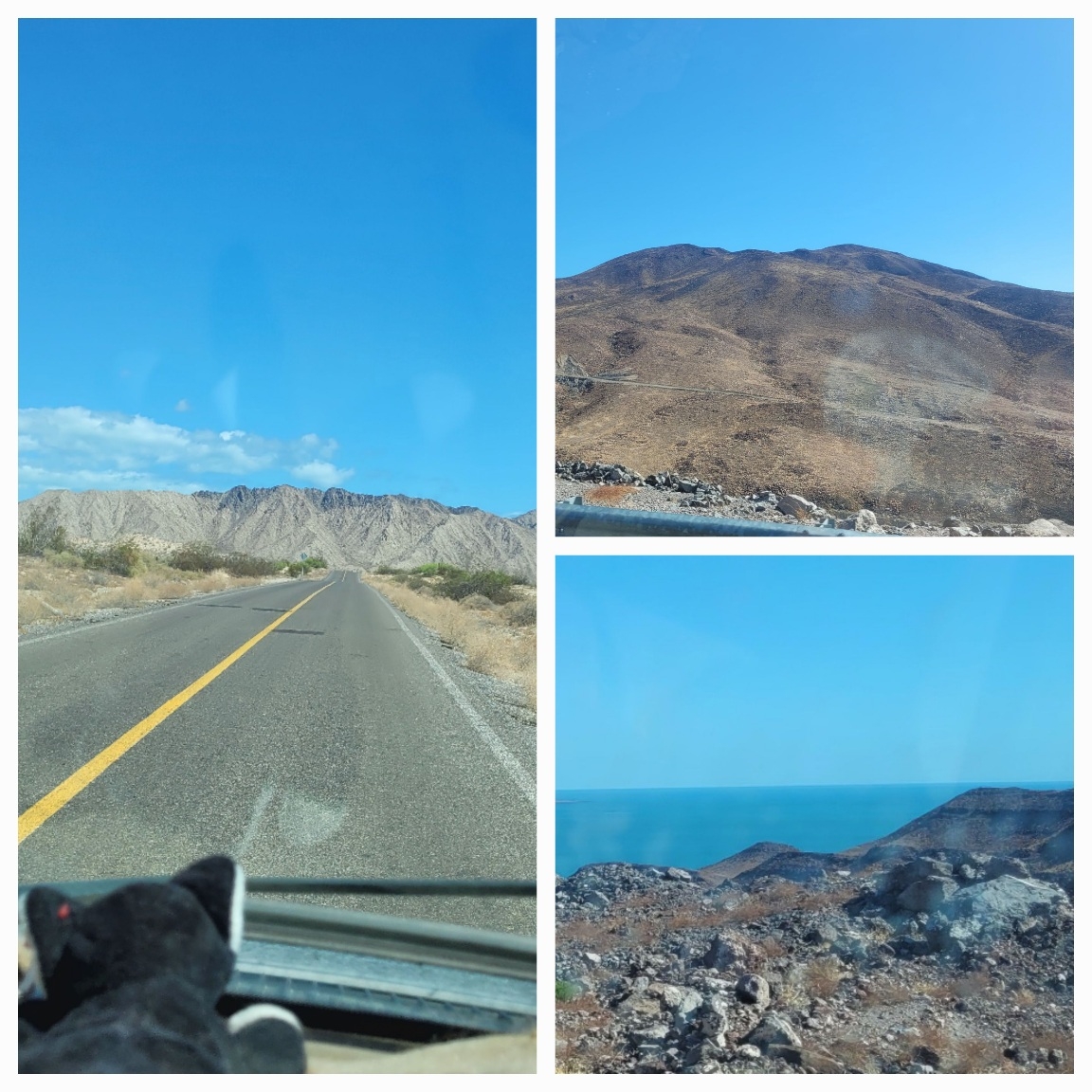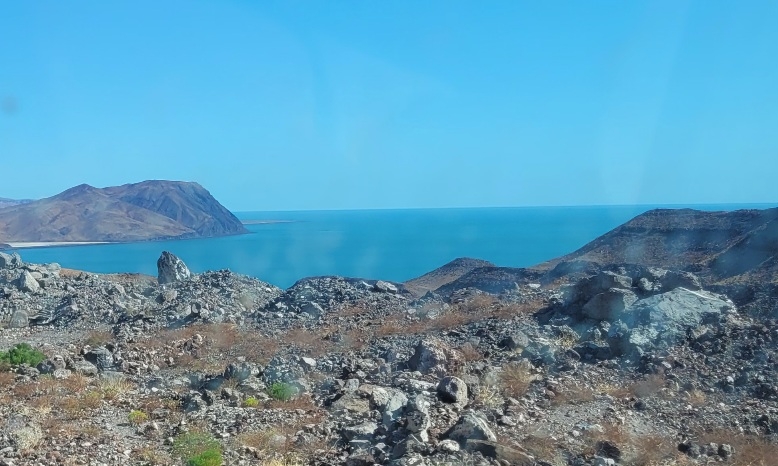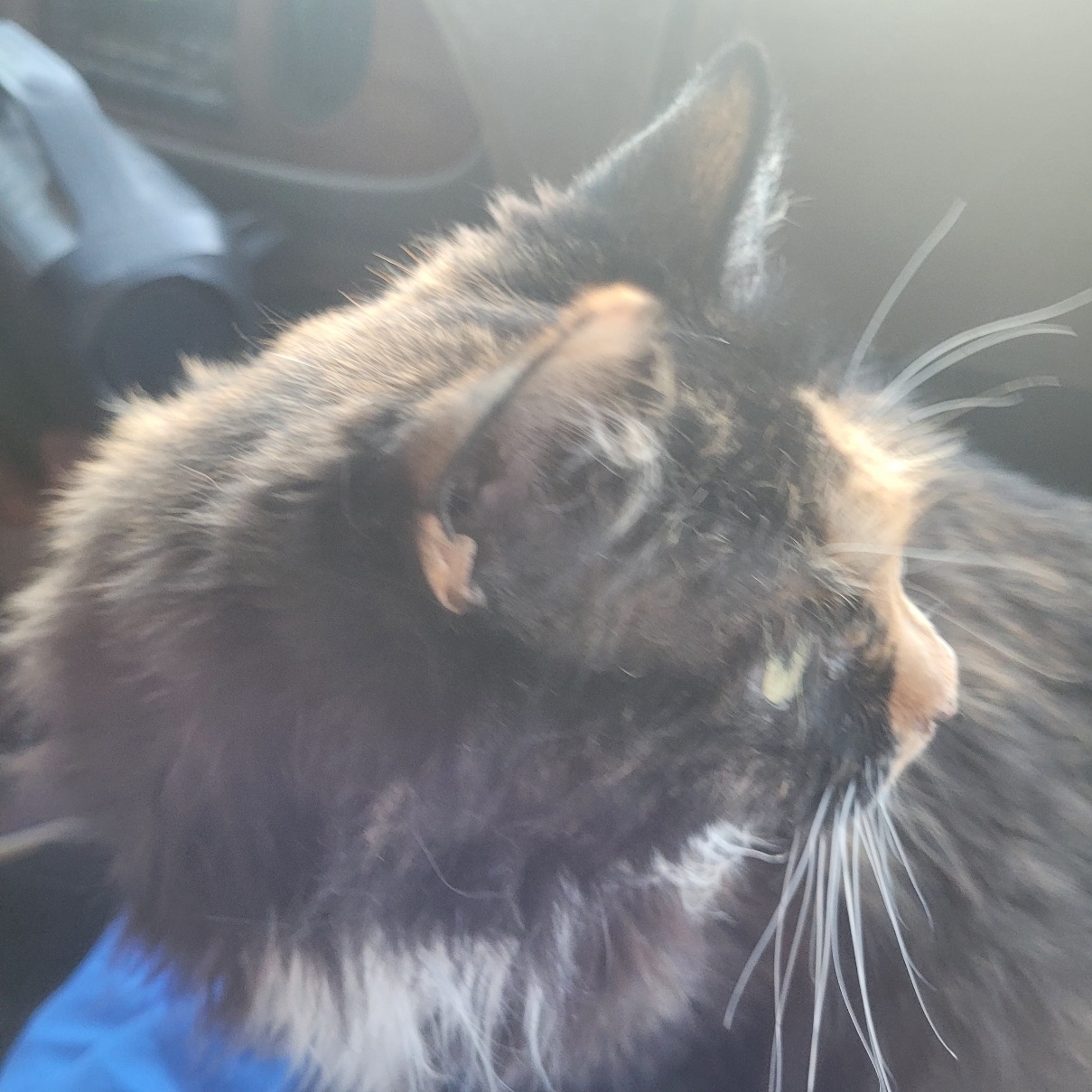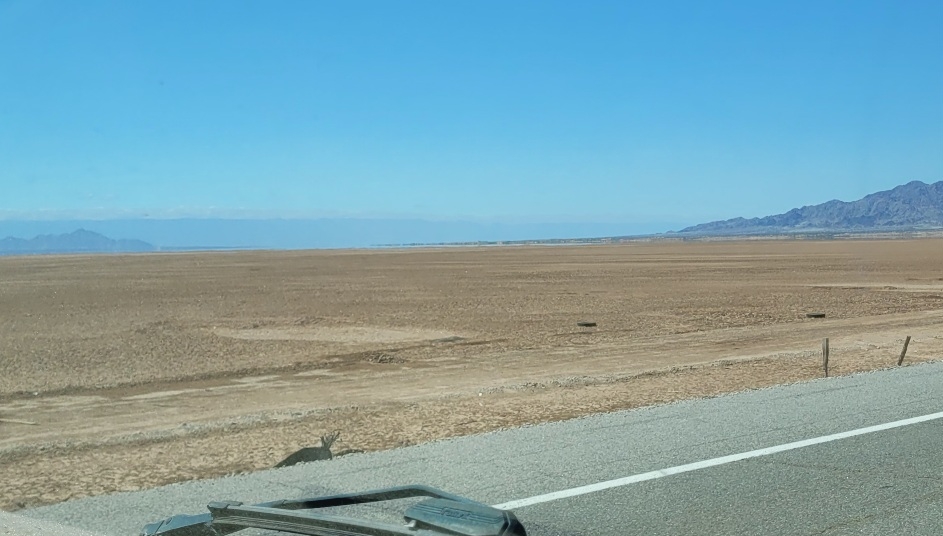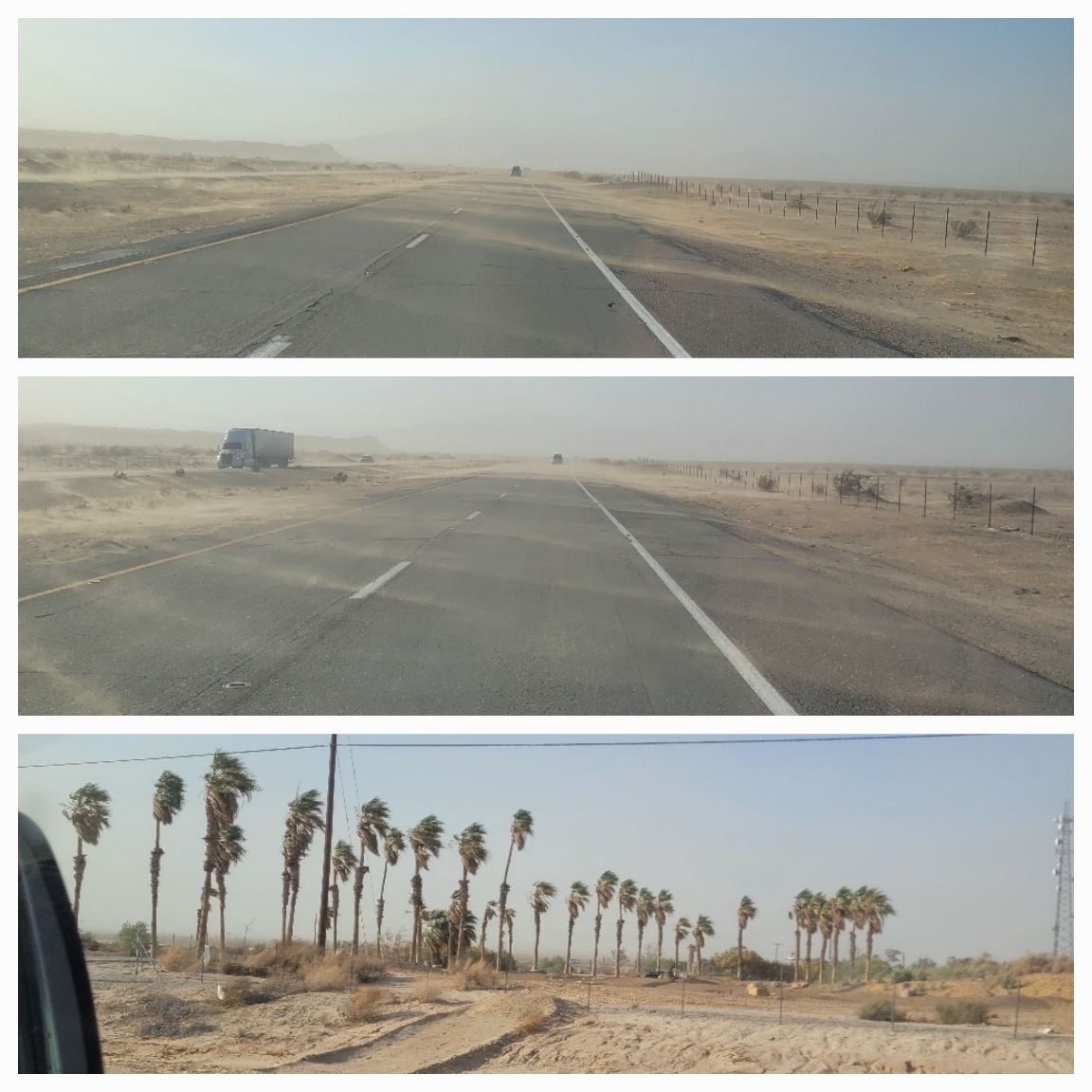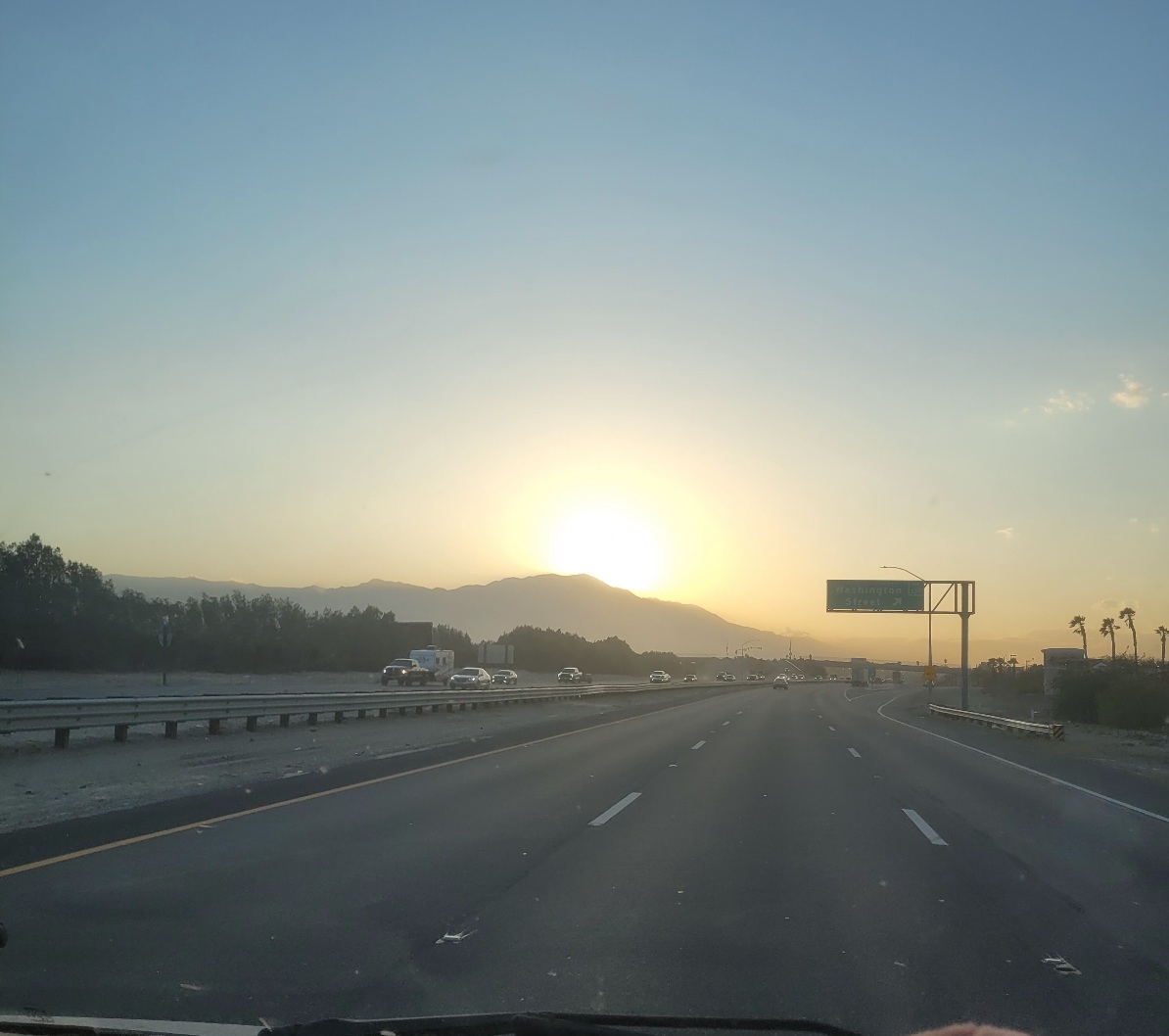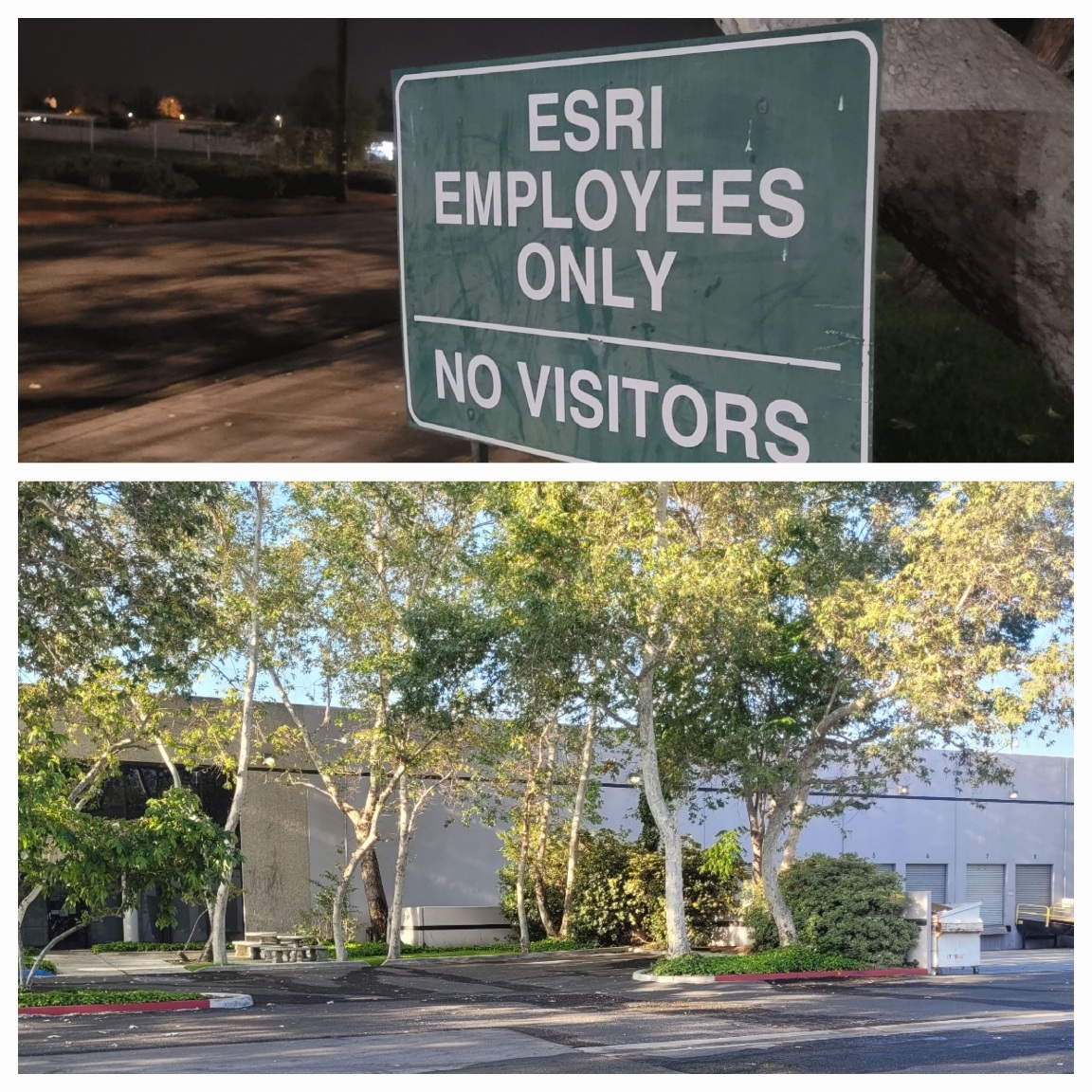We’ve traveled across many landscapes over these past 47 days—rolling farmland, stark deserts, rugged coastlines, and now snow-dusted mountains. It doesn’t feel like it's been that long, yet at the same time, it feels like we've been away forever. It’s been a long journey, and we’re ready to return home to whatever awaits us—both the personal and the professional challenges. I say "professional," but we’re volunteers. Still, our involvement often feels full-time.
We left Lucero Farm in Galt, California, without any rush. The pace was slow and easy, and that felt just right. We’ve been gone 48 days; one or two more won't make a difference. There’s something comforting about that—about not having to hurry.
We planned to meet up with our friend Steve Laymon in Red Bluff for a meal and some good conversation. Steve is the one who first connected me to spotted owls, all the way back in 1983. He hasn’t changed much. His hair is whiter—mine too—but he still wears the same black-rimmed glasses and has that familiar, comforting smile. His Ph.D. research focused on the California Spotted Owl, back when so little was known. We were pioneering work that I had no idea would shape the course of my life.
The plight of wildlife first came into national focus in the 1960s, especially with Rachel Carson’s Silent Spring, which raised the alarm about pesticides and their devastating effects on birds. We were losing the Peregrine Falcon, the iconic Bald Eagle, the Osprey—apex predators that were slipping away silently. In 1973, a Republican president, Richard Nixon, signed the Endangered Species Act into law. It was a bipartisan effort, a national reckoning that our natural heritage was being destroyed in the name of short-term profit.
Somewhere along the way, "regulation" became a bad word. But the ESA was—and still is—essential. No, it’s not perfect. But it gave wildlife a fighting chance. It forced society to consider the voiceless—the wild things that make our ecosystems whole. Now, the current administration is proposing to gut the ESA, stripping away critical habitat protections. Under this change, a violation would only occur if there was direct killing. But for species that migrate, are elusive, or require large territories, this redefinition is a death sentence.
There’s a 30-day public comment period, already underway. It ends May 19, 2025. If you care, even just a little, please take five minutes and submit a comment. You can even use my words. Here’s the link. Do it for me, for the owls, for the future.
Long drives give you time to think. About big things. About regulation—why we have it, and why it matters. Sure, some rules inconvenience us. But most were born out of real problems. Without traffic laws, people would drive recklessly. Without consumer protections, companies would take advantage of the vulnerable. Today alone, we drove on a federally funded highway, checked the weather, watched a plane overhead, drank clean water, and breathed clean air. All of that is possible because of government programs and regulations.
The Endangered Species Act shouldn't be weakened—it should be fortified. There’s so little old-growth habitat left for spotted owls. You can't put a tree back on a 300-year-old stump. Once it’s gone, it’s gone. And I fear we’re witnessing the end of what little remains.
To break up the weight of those thoughts, I read a few chapters from The Housemaid is Watching as the miles rolled by. Before we knew it, we arrived in Red Bluff and there was Steve, just as we remembered. We caught up on his family, his travels, and he promised to visit us in Roseburg in the near future.
Our journey continued northward. As all RV travelers know, there are some less glamorous tasks to attend to before you can hit the road again.
By late afternoon, we were in Redding, visiting Craig Tappen and his partner, Wendy. Craig used to live across the street from me when I was a kid. Even though it was Easter, they carved out time for a couple of drinks and a talk about the state of the world.
Wendy shared her project, The Kindness Revolution, which focuses on random acts of kindness in the community—a glimmer of light in heavy times.
As dusk approached, we decided to make a little more progress toward home. We made it as far as Mt. Shasta, where we found a quiet forest road near the Nordic Center. Snow still blanketed the ground, so it promised to be a cold night. But the view of Mt. Shasta made it all worth it. We wrapped up the day with a few games of Spite and Malice, warm in our little home on wheels.








